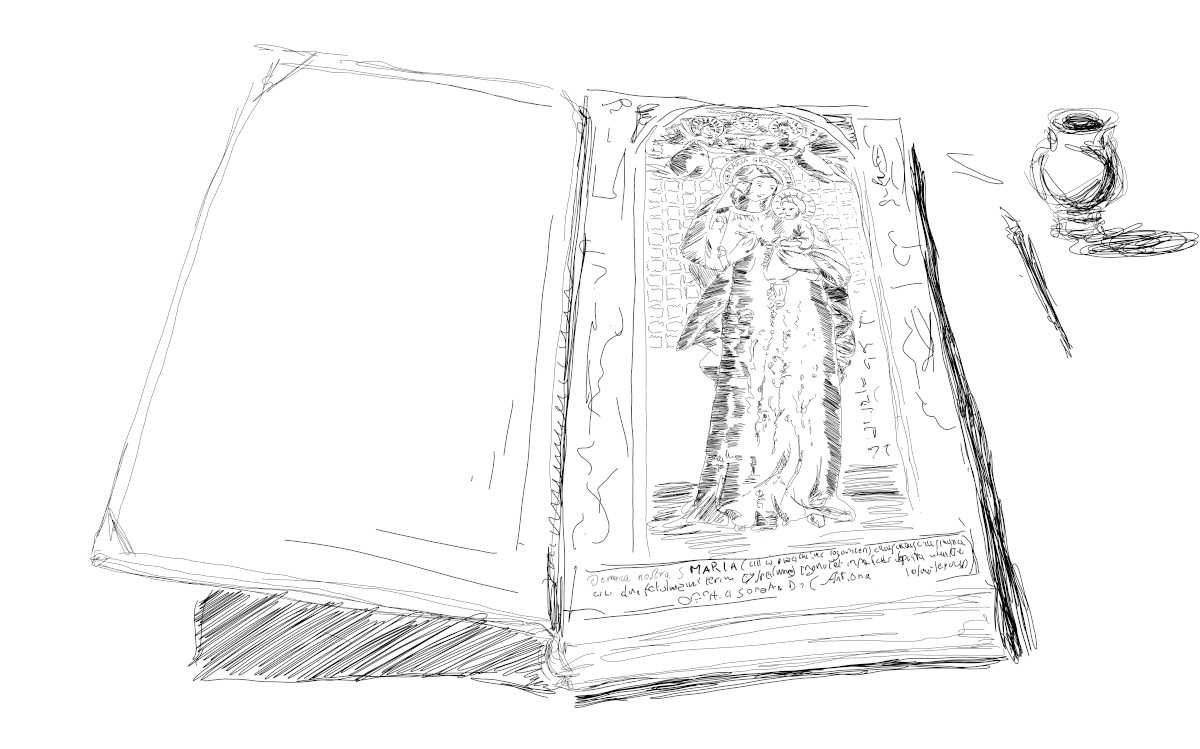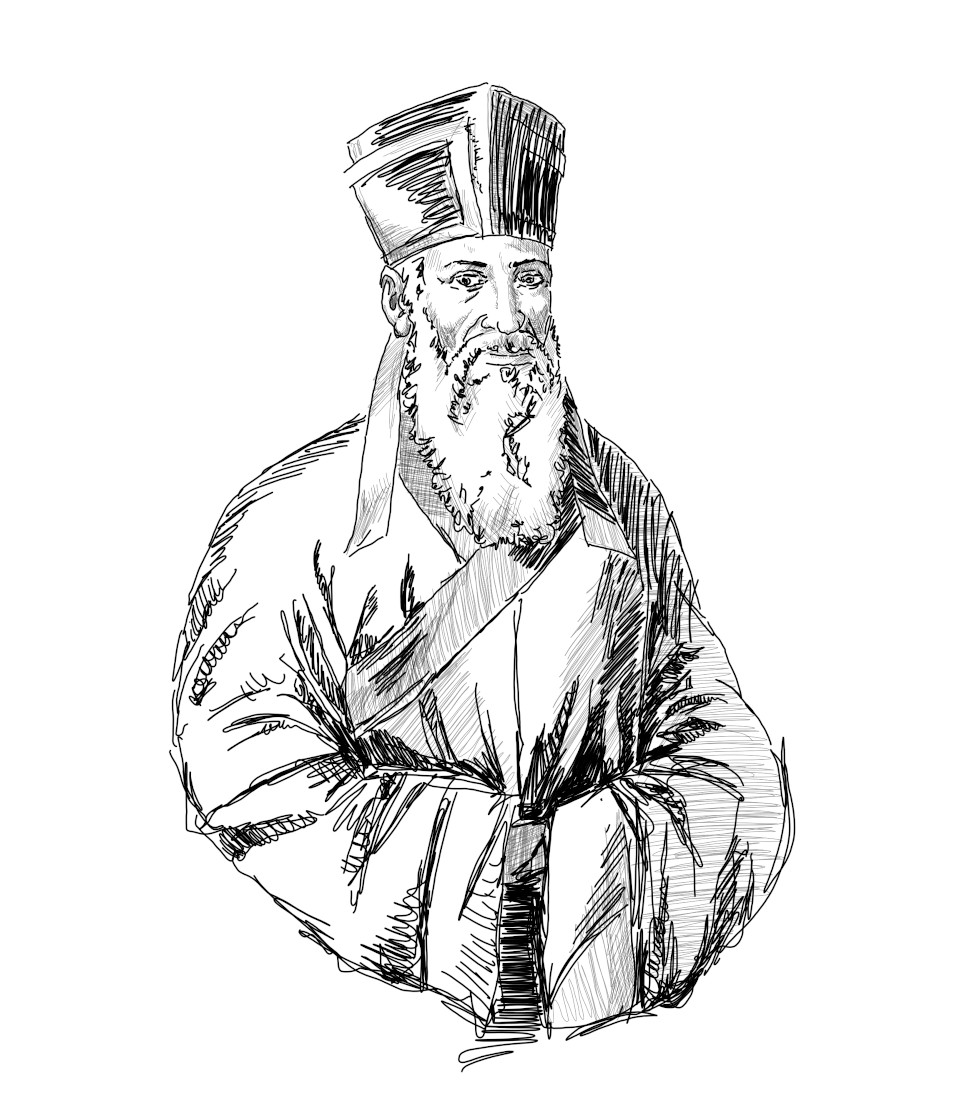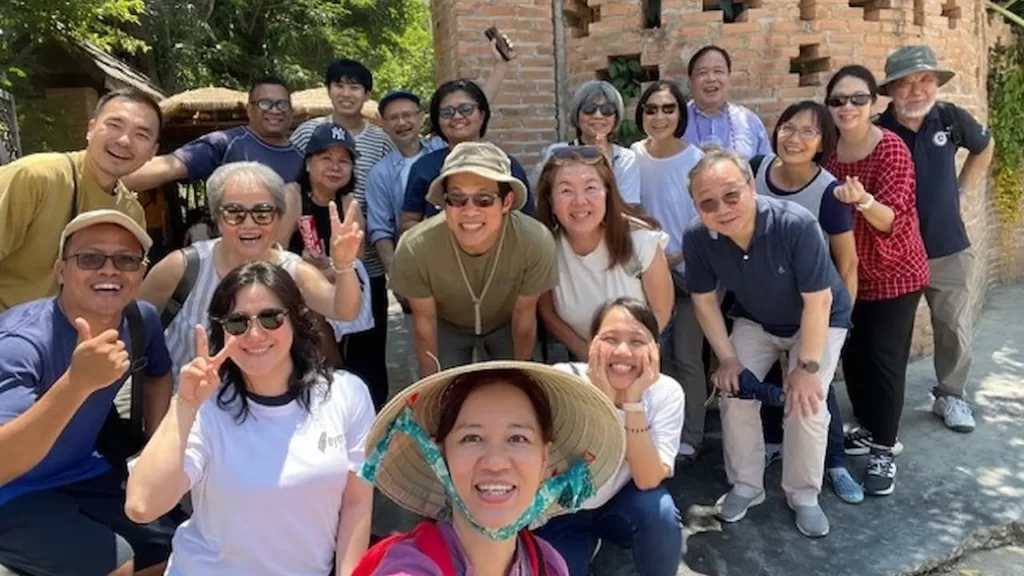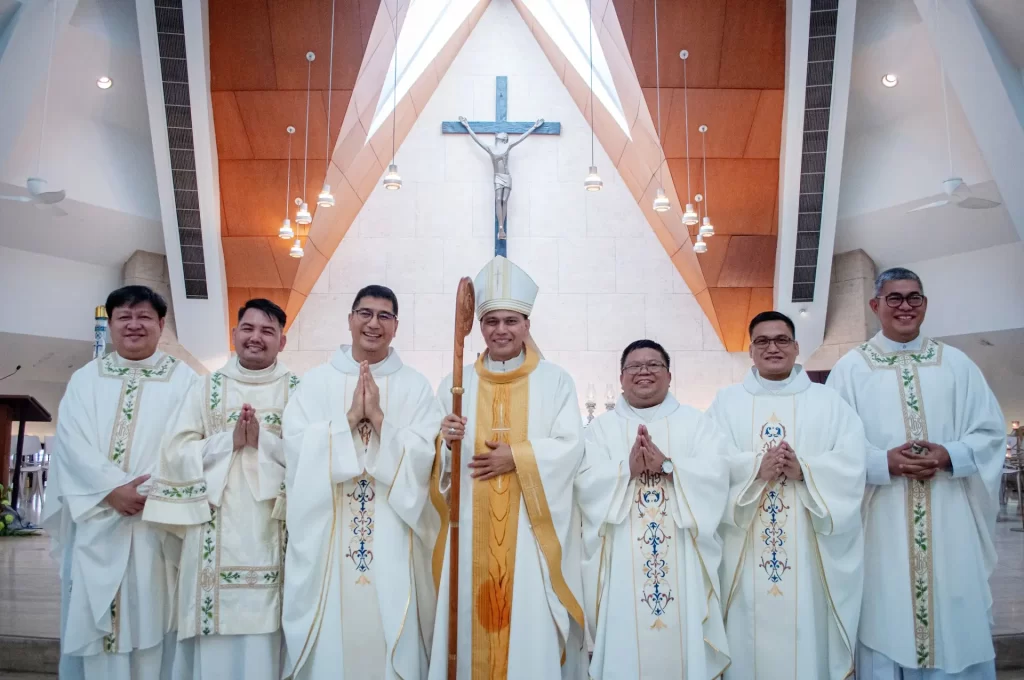
Illustration by Filippo Carlomagno SJ, Euro-Mediterranean Province
On 17 December 2022, Pope Francis signed a decree recognising the “heroic virtues” of Matteo Ricci, marking the first stage of his beatification process. The Chinese Province of the Society of Jesus began assisting the Holy See with the cause for sainthood of Fr Ricci in 2010, when his native diocese of Macerata re-launched the process. It had lost some impetus following the initial phase concluded in 1985. Bishop Stephen Chow SJ of the Diocese of Hong Kong has urged Catholics to pray for Fr Ricci’s beatification. Rob Rizzo SJ, a scholastic from Malta studying in the Philippines, reflects on the enduring relevance of Matteo Ricci in today’s multicultural world.
The first-ever biography of a Jesuit which I read was that of Matteo Ricci by Michela Fontana, Matteo Ricci: A Jesuit in the Ming Court. This is still my favorite biography of Ricci, and my favourite book about Ricci apart from his own writings. His stories captivated me with a curiosity and love for Chinese language and culture. Unfortunately, I do not have all the time I wish I had to learn the language. It is a hobby I enjoy nonetheless, especially learning the characters and the grammatical concepts which show different worldviews. His story inspired me in my faith, vocation, and perspective of culture and worldviews.
Ricci’s mission in China was marked by his commitment to respectful dialogue and engagement with the Chinese people and scholars. Ricci sought to engage the Chinese in a conversation about the Christian faith and to present the church’s teachings in a way that was accessible and meaningful to them. He understood that the Chinese people had a rich and complex culture and that their beliefs and practices were rooted in a long and rich tradition. He could not uproot their beliefs and transplant the Christian faith. Instead, he had to plant the seed of faith into Chinese soil and allow it to take root according to their great culture.
Ricci’s approach to mission work was not without its challenges and difficulties. Some of his fellow Jesuits were critical of his methods and saw him as too conciliatory and compromising in his approach with the Chinese. He also faced opposition from some members of the Chinese imperial court, who saw his presence as a threat to the stability of the country. Despite these challenges, Ricci remained steadfast in his mission and worked tirelessly to promote understanding and respect between cultures and beliefs. He could do this because his faith was based on a relationship with a loving God – already present in China’s history and culture – rather than on a rigid list of rules.
To engage the Chinese people and scholars, Ricci sought to learn as much as he could about Chinese language, culture, and beliefs. He studied the Chinese classics and Confucianism and sought to engage in discussions with Chinese scholars about their beliefs. He was particularly interested in the ways in which Confucianism and Catholicism could complement one another, and he saw the potential for a dialogue between the two traditions that could lead to a greater understanding and respect between cultures.
In Jonathan Spence’s The Memory Palace of Matteo Ricci, I read a beautiful anecdote about Ricci’s use of mnemonic techniques to learn the Chinese language. One image he used that impressed me was the one for remembering the character 好 – hǎo, which means good. He broke it down into its radicle and components, 女 nǚ, meaning woman, and 子 zǐ, meaning child. Thus Ricci used the image of Mary with the child Jesus to remember 好hǎo, good.
Matteo Ricci was also a skilled Cartographer. He noticed that Chinese maps always had China disproportionately large compared to all the other countries and sometimes left out some countries completely. He knew that if he were to draw China in proper proportions and to the far side of a map, the Chinese would feel disregarded and overlooked. Imperial China described itself as the Middle Kingdom, 中国, after all. Instead, he drew his world map with countries and lands in proportion, but he placed China at the centre. This pleased the Chinese prefects and literati, and seeing their kingdom smaller than usual awoke their curiosity.
By drawing the world in proportion, Matteo Ricci bridged the East to the West and the West to the East. It indicated a move away from the Eurocentric view that had dominated European thought for centuries, and a recognition of the value and richness of other cultures. He introduced the Chinese to new ways of understanding geography and the world beyond their borders. This attention to detail and cultural sensitivity helped to establish a relationship of trust and respect between Ricci and the Chinese scholars, which allowed him to make significant contributions to the fields of geography, mathematics, and astronomy.
The waves Matteo Ricci made in late 16th century China reach all the way to our time today. His willingness to embrace Chinese culture and worldview to find common ground with the Chinese people changed my own worldview. He is an example of how faith does not grow separated from culture but how God’s grace is at work in all peoples, in every culture. The treasure of His love and grace is veiled in every corner of this world, in every culture, waiting to be revealed.
This article was first published in The Jesuits in Asia Pacific 2023 magazine.








